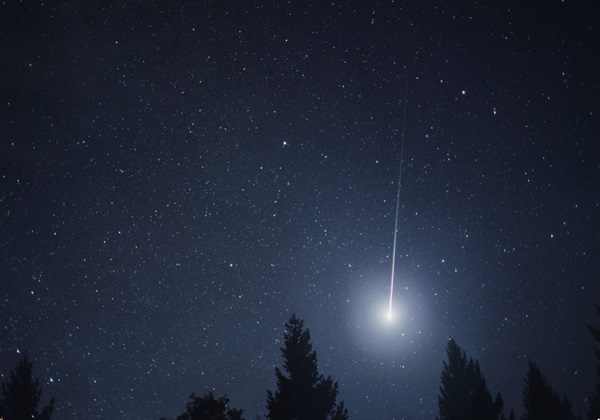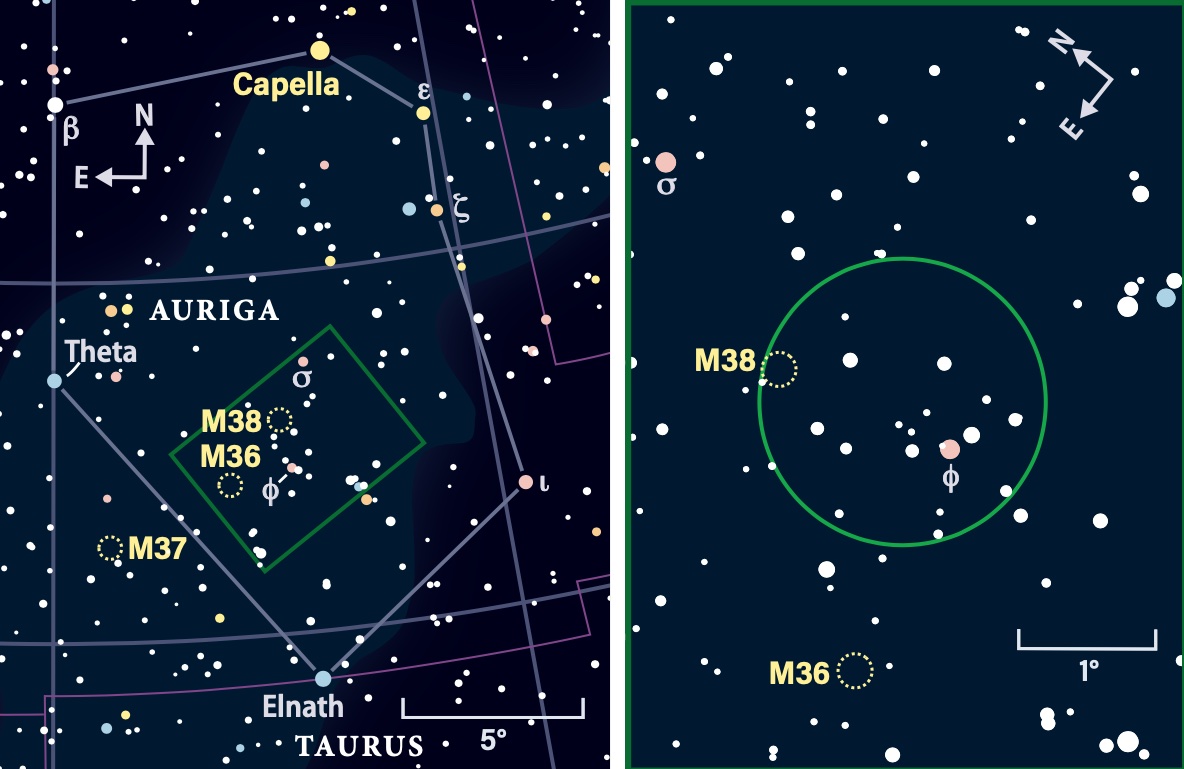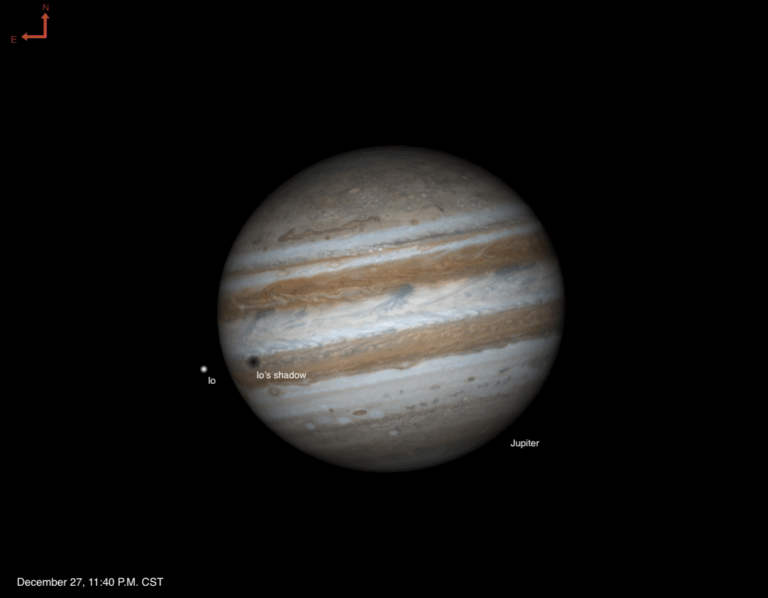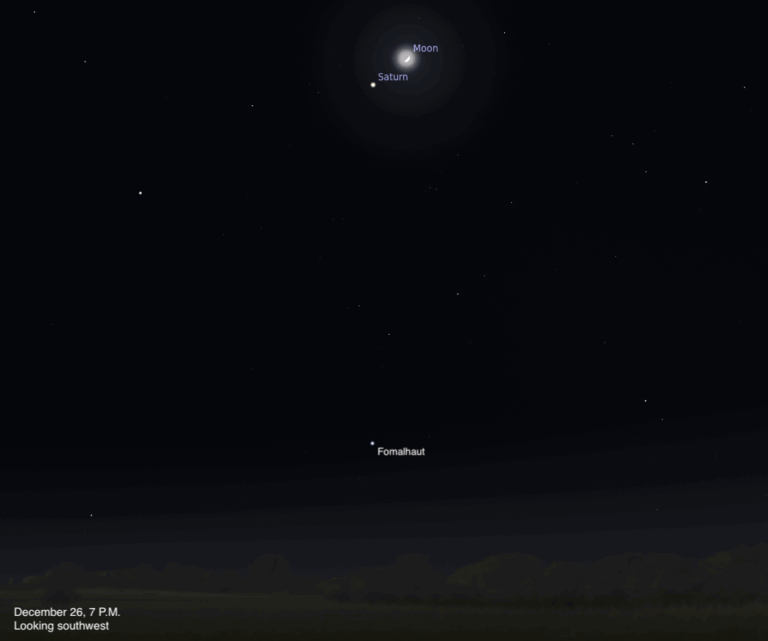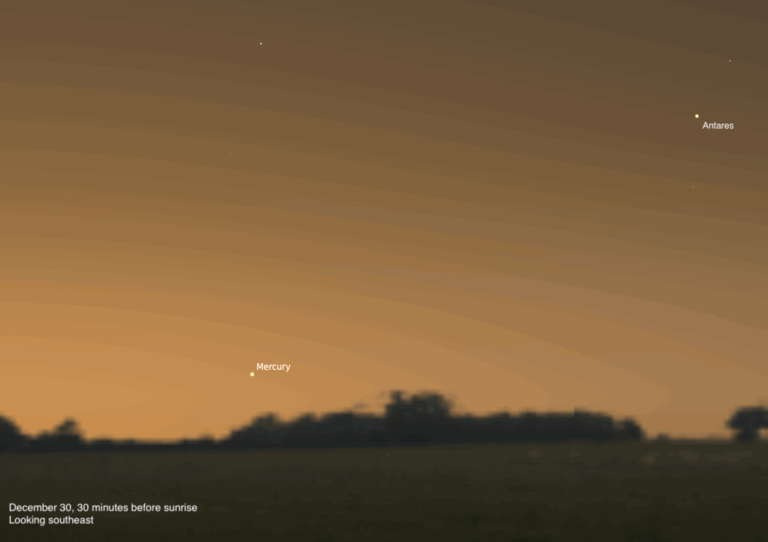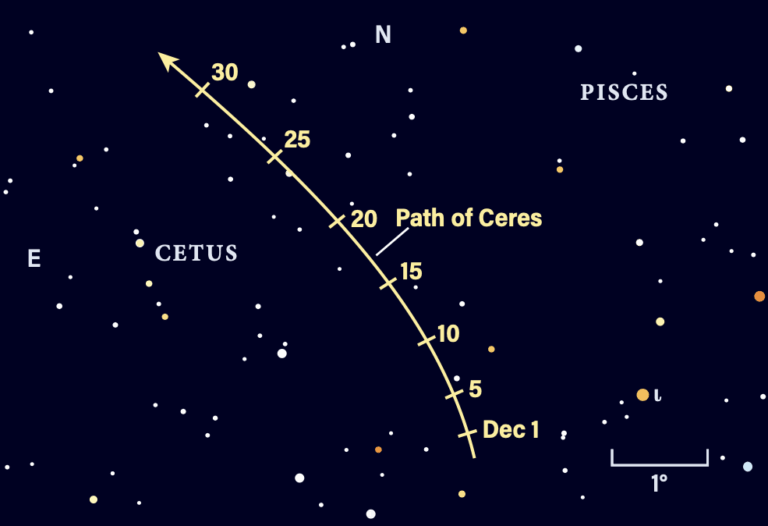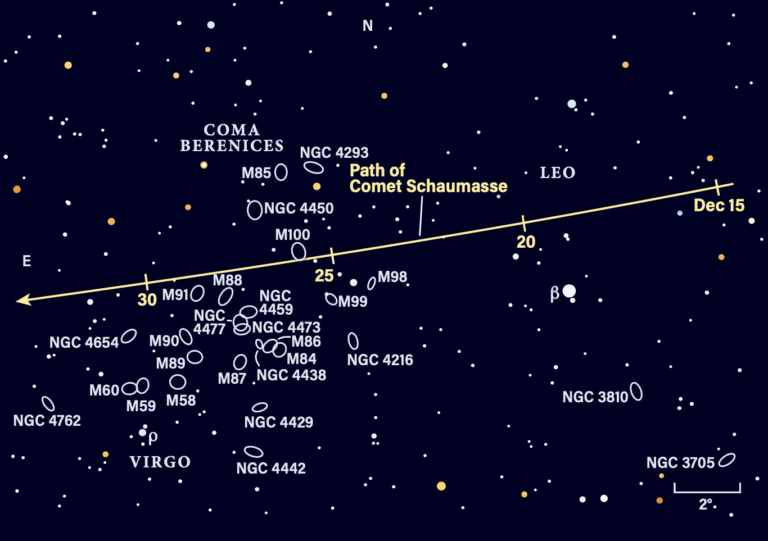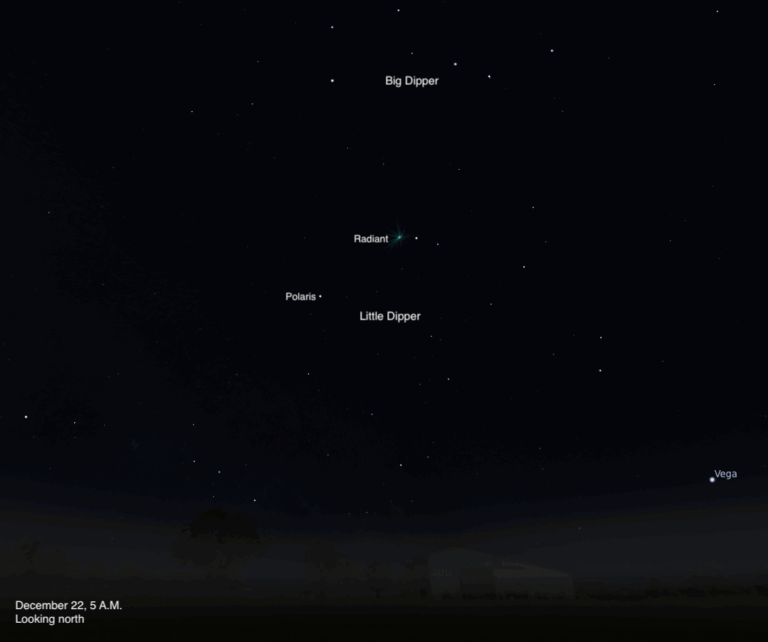Key Takeaways:
The annual Leonid meteor shower will appear under dark skies in 2015. Yet no one knows for sure what this year’s version has in store for us. Estimates range from a few meteors up to dozens of meteors per hour at the peak.
Predicting meteor rates, particularly for the highly variable Leonid shower, has been difficult for astronomers through the years. But the longer we watch and the more data we collect, the better the estimates get. In 2015, most scientists who research such events expect a rate of 15 Leonids per hour around the peak. Add that to the normal “sporadic” rate from meteors not associated with a shower, and you should see a shooting star somewhere in the sky every three minutes on average.
Although predictions are modest, spikes in activity can occur at any time. The shower’s peak occurs across North America before dawn November 18. The Moon will be a waxing crescent, so it will only interfere if you observe before moonset, around 10 p.m. local time. Even then, bright Leonids should shine through nicely.
The Leonids have that name because if you trace all the meteor trails backward, they would meet within the Sickle asterism (a group of fairly bright stars that resembles a backward question mark) of the constellation Leo the Lion. Astronomers call that point the radiant. To find Leo in the sky, first locate the Big Dipper in the northeast. Poke a hole in the bottom of the Big Dipper’s bowl. As the water runs out, you may hear a mighty roar as the water falls on the back of Leo.
Particles in the Leonid shower are debris shed by the comet 55P/Tempel-Tuttle. In 1865, astronomer Ernst Tempel discovered the comet, and in 1866, another astronomer, Horace Tuttle, independently found it. The comet itself measures about 2.5 miles (4 kilometers) in diameter and orbits the Sun with a period of slightly more than 33 years.
As it makes its closest approach to the Sun, it also passes close to Earth’s orbit. This last happened February 28, 1998. Our 2015 encounter with the debris stream from Tempel-Tuttle will last from November 6 to the 30th, but the most intense part (when we’ll see the most meteors) typically lasts only two to three hours.
Leonids strike Earth’s atmosphere at 44 miles [71 kilometers] per second, the fastest of any meteor shower. The high speeds mean they produce more fireballs (meteors bright enough to cast a shadow), and some leave smoke trails that can last a number of seconds. Usually, the meteors are white or bluish-white.
Veteran meteor-watcher and Astronomy Contributing Editor Raymond Shubinski provides a bit of viewing advice: “Your best viewing will be at a dark site miles from any city. Bring binoculars, but observe with just your eyes because you want the widest field of view. The binoculars are just in case you spot any smoke trails from the meteors.”
Take a lawn chair, cookies, fruit, and a nonalcoholic beverage. (Alcohol interferes with the eye’s dark adaption as well as the visual perception of events.) Most importantly, dress warmly, preferably in layers, and bring extra blankets. Leonid watching involves no movement or exercise. You’re either sitting or standing, and — because it’s November — you will get cold.
The best advice you’ll hear is to observe after midnight. This is the time when those locations on Earth face the direction our planet orbits the Sun. After midnight, then, Earth is running into the meteor stream.
If you can head out only after sunset, face generally east and look one-third to one-half of the way up in the sky. Glancing around won’t hurt anything. Between moonset (10 p.m.) and about 2 a.m., look overhead. And after 2 a.m., aim your gaze halfway up in the western sky.
“Meteor showers are easy to watch,” says Shubinski. “And because they last more than just a moment, they’re great social events. You might even want to tweet during the shower if your cell reception is good.”

